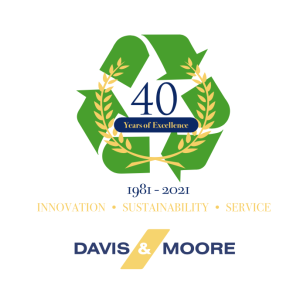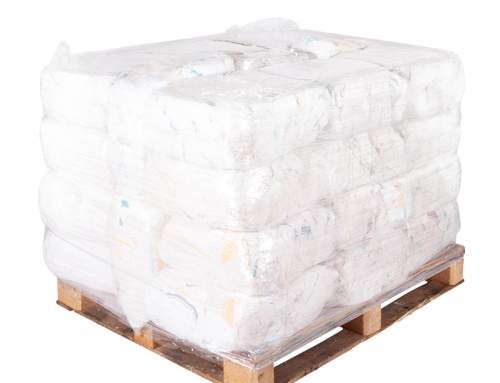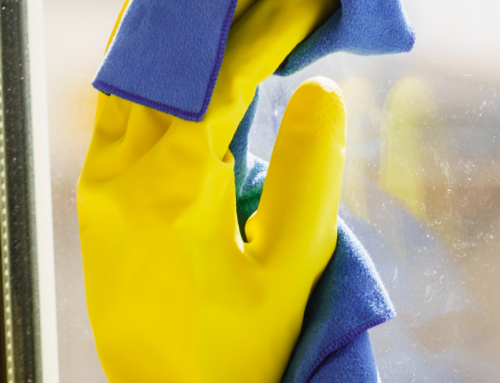Problem 1: Recycled Rags for Lint-free Cleaning Cloths
Many customers seek a sustainable option for lint-free cleaning cloths and choose to come down the route of utilising industrial rag wipers, but distributors and end-users are understandably confused about what products are lint-free and which ones are not. Some cloths are advertised as being ‘low lint’, without it being clear what is meant by this.
At Davis & Moore, we use a grading system chart that goes a long way to addressing this issue, so customers always know how much lint they can expect to find on their white rags. Lint-free cleaning cloths are any type of cleaning cloth that does not give off any fluff or fibres when used.
For cleaners who want to avoid lint and have a 100% complete lint-free cloth, the simplest solution was to steer clear of recycled textile rags altogether and go for a non-woven option. As alternatives, they could turn to chamois leather, gauze or cheesecloth but the disadvantage of these, besides not being recycled, is the expense: unit for unit they are many times more costly than 100% recycled industrial textile wiper rags.
Nylon treatment would also reduce lint in cleaning cloths, but this would make the rag unsuitable for use with some detergents. Fortunately, manufacturers can now produce high-quality lint-free cotton polishing cloths, through a production process known as microfibre weaving.
These microfibre cloths are woven together in such a way that short strands do not detach when they are used or exposed to heat. They also create a variegated cleaning surface that is more effective at removing stains and dirt with less dependence on detergents.
Our premium white sheeting rags have a very low lint content as they are recycled from the UK Hotel and Leisure industry, being washed multiple times and dispersing all naturally occurring lint. other low lint or lint-free cleaning cloth options include white linen and recycled tea towel industrial cleaning rags.
Problem 2: Metal-Free Cotton Rag Wipers
The second largest problem people experience with recycled cleaning rags is metal. It may surprise some people that your average cleaning rag has any metal content at all, but unfortunately, this is the case.
The problem with suddenly coming across metal in recycled rags is that any metallic particle can scratch a surface or be sharp enough to cause injury. In hygienic environments, this creates a big issue, as microscopic surface scratches become havens for bacteria that are very difficult to clean. For surfaces that need painting, scratches also make it difficult to achieve an even paint job.
Above: A video of the inline metal detection unit in action at our Manchester, UK textile recycling facility.
Cleaning rags are frequently made from recycled fabric, including garments (clothing), bedding, unfinished textiles, towelling, and even leftover materials from mills. When clothing is processed for recycling, spot checks are carried out to remove zips, buttons and pins – which are the most common forms of metal found in clothes. However, many manufacturers rely on the human eye to detect and remove metal components, thus introducing an element of human error. This is how metal fragments make their way into cleaning rags.
Davis & Moore eliminate this problem by having a food-grade metal detection unit installed into our manufacturing process line. The metal detector is effective to a minimum of 1mm, ferrous, non-ferrous, and 1.2mm, 316 stainless steel, capturing any pins and other sharps that could cause damage or hurt.
Any cleaning rags with metal in them are then automatically blown into a separate cage to the side of the machine or cast into waste. It is a simple but effective way of an extra safeguard to ensure that none of our recycled cotton wipers is contaminated by metal shards.
Our metal-detected industrial cleaning rags stand out from the crowd, the inline food-grade metal detection unit – shown in the video demonstration above – is the only one in Europe used in the recycled textile cleaning rags and polishing cloths industry.










Leave A Comment
You must be logged in to post a comment.